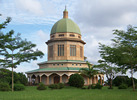
Sunshine:
- noun; a · the sun’s light or direct rays; b · the warmth and light given by the sun’s rays; c · a spot or surface on which the sun’s light shines.[Merriam-Webster]
- 1. the light and heat that comes from the sun. [Cambridge Dictionary]
Thunderstorm:
- A storm accompanied by lightning and thunder. [Merriam-Webster]
- A storm with thunder and lightning and usually heavy rain. [Cambridge Dictionary]
*************
Hi! Welcome to another blog of Richara Safaris. In this episode, we share with you about Uganda’s weather and seasons – Experience Unforgettable Moments with Us!
…
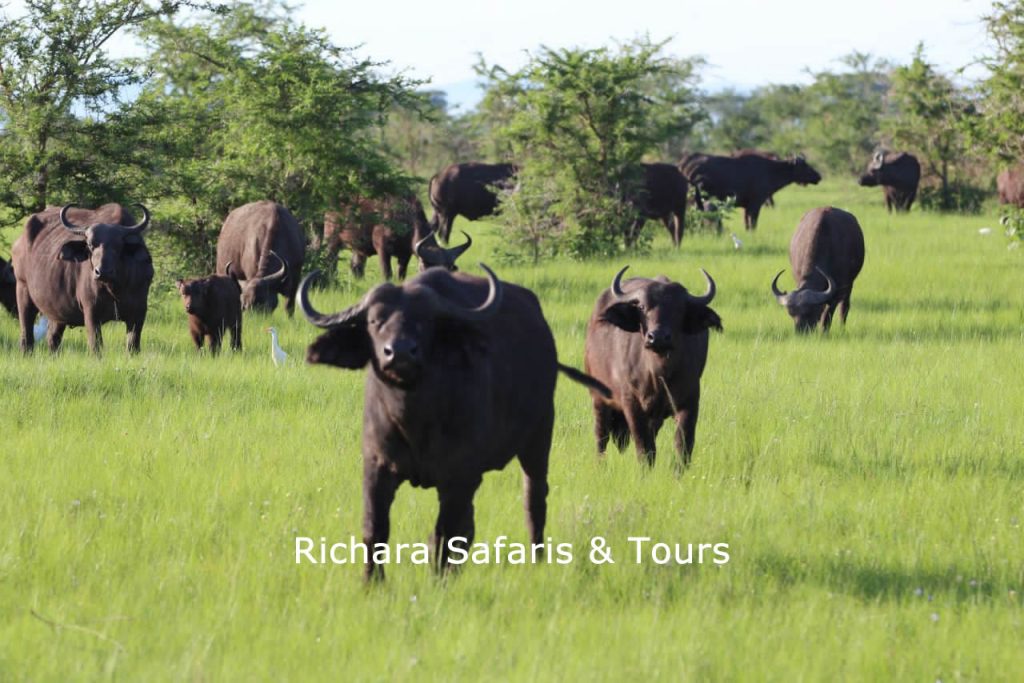
Uganda:
An East African country, located at exactly 1.3733° N latitude and 32.2903° E longitude. Uganda is in both the Eastern and northern hemispheres and is crossed by the Equator. Named the ‘Pearl of Africa’, her equatorial climate makes Uganda an all-year-round travel destination. The country is endowed with beautiful landscapes of hills and valleys, wild animals, national parks, snow peaked mountains like Rwenzori, species of birds that are good for birders all year round, the largest lake in Africa, and the source of the River Nile, Lake Victoria, remarkable tree species, warm-hearted and industrious people of about fifty-six (56) tribes, cultures, and languages. Of her many tribes, nine indigenous communities were formally recognized in the 1995 constitution amendment of 2005. Uganda is landlocked, bordered by Kenya on the East, Tanzania on the South, Rwanda on the South West, the Democratic Republic of Congo on the West, and South Sudan on the North. English is her official language.
A Brief History
Uganda’s capital is ‘Kampala’, a word originally derived from ‘Impala’, an animal of the antelope family that is known to have resided on the slopes of Mengo’s hills. Mengo is also the heart of Kampala and Buganda kingdom. According to the article ‘How the City Evolved Out of Swamp for Impala’ by Denis Ocwich of New Vision, ‘the Baganda translated the ‘hill of Impala’ to ‘Kasozi ka’Mpala’ and addressed it as such, as it is where the British administrator and colonialist Lord Fredrick Lugard had established his fort on December 18, 1890. In the same year, Ka’Mpala now ‘Kampala’ was declared the headquarters of Uganda’s colonial administration.
In the same publication, Denis Ocwich further reveals that;
- “… Before 1890, Kampala acted as the center of interstate trade with other Kingdoms. Buganda exchanged crafts, barkcloth, and foodstuffs for millet, pots, iron tools (hoes and spears), cattle products from Bunyoro and Ankole…”
- “…Originally, the city was limited to a small area of about 50 square km. But today, with a population of over 1.6 million people of different ethnic backgrounds, the city’s geographical boundaries stop at Najjanankumbi on Entebbe Road, River Mayanja on Masaka Road, Banda on Jinja Road, Mpererwe on Gayaza Road, Busega on Mityana Road and Kawempe on Bombo Road…”
- In 1906, Kampala attained township status.
- January 1, 1949, Kampala became a municipality.
- March 1962: Kampala was declared the capital of Uganda seven months before the independence on October 9.
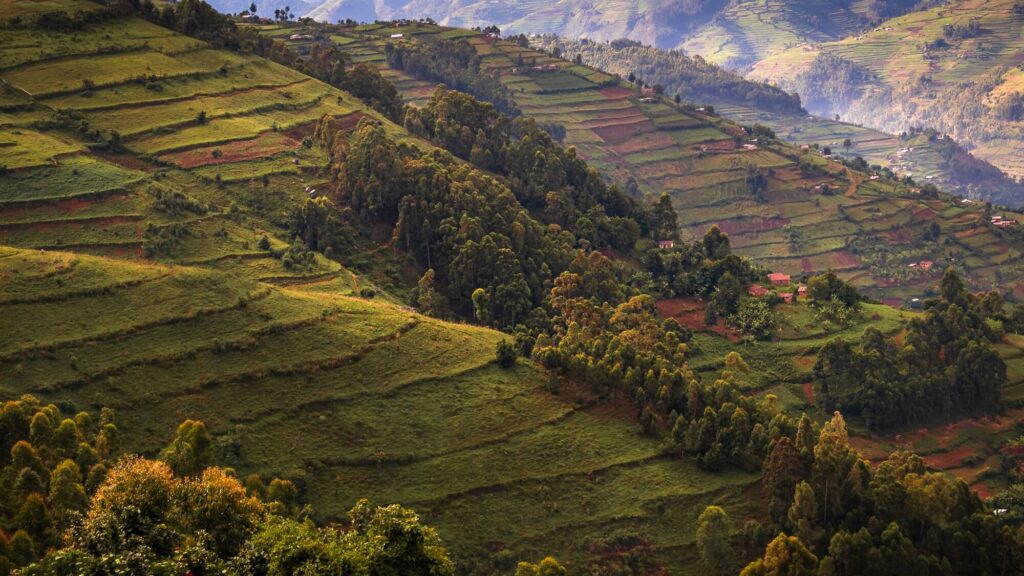
Weather, Climate, and Seasons
Seasons
Uganda is mostly a warm country, and has two seasons particularly the wet and the dry seasons. The Dry season is from June to August, and December to February, while the wet season is in March to May, and late September to November. These seasons, however; do not mean that Uganda is continuously dry throughout, or wet throughout, as it can still rain or shine any time, except that it would not be as heavy or almost unbearable as in the marked seasons.
Farmers often till the land towards the end of a dry season, and for crops like coffee, they dig up holes, put manure, and water them while they wait for the start of rainy or wet seasons for planting. That is the case for most crops. By the end of the wet season, Plants are a little grown already, and farmers have to do weeding and other crop-growing activities.
For a traveler, one is best advised to visit Uganda during any of the dry seasons, as that is when popular tourist activities like Gorilla and Chimpanzee trekking are organized and most enjoyable. A traveler who visits Uganda during the wet season for instance March to May when the rains should be heaviest, may experience an advantage; in that the costs are lower, for tourist activities in game parks. They also get to experience the relatively cheaper accommodation as compared to busy seasons.
The downs of the wet season are the discomfort that comes with heavy rains, slowing down activities, unpredictable road transport among others.

Weather:
Sunshine
According to ‘Weather and Climate’ Kampala;
- The average annual amount of sun-hours is – 1838 hours
- April has on average the lowest amount of sunshine – 118 hours
- July on average, is the most sunny month with – 188 hours of sunshine.
Thunderstorms
- Uganda experienced about two hundred forty (240) thunderstorms a year as of 2016.
- Thunderstorms often happen during the rainy or wet seasons.
- Thunderstorms are more intense in the mountainous regions of the country for instance the Rwenzori, Kabale, and Bwindi areas.
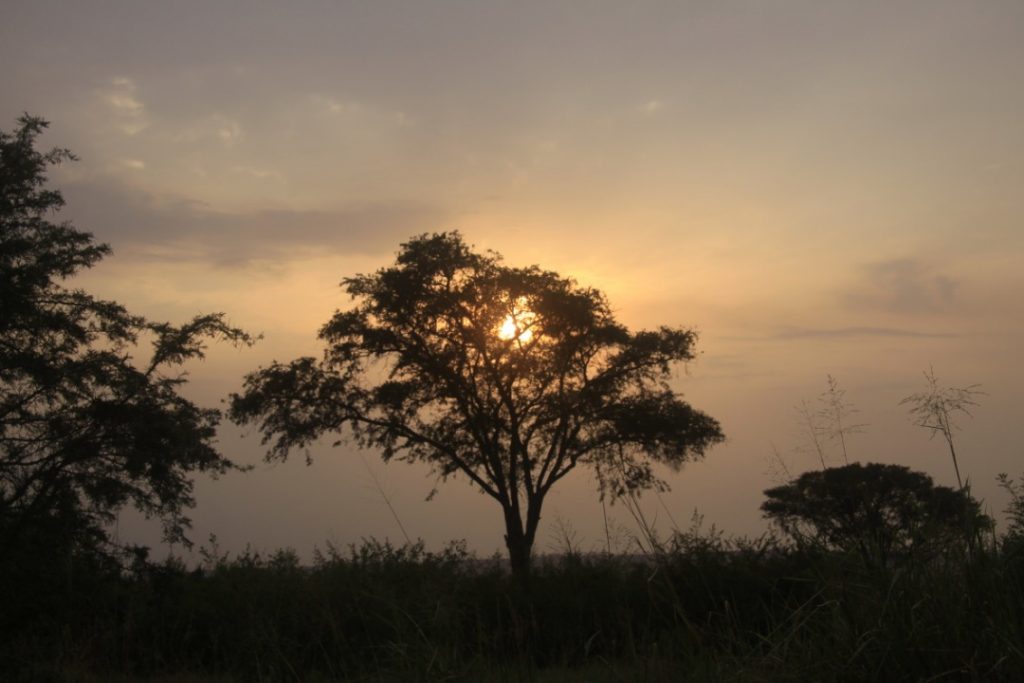
According to World Data Info Africa,
“Sunrise and sunset in Uganda do not differ significantly throughout the year. The reason for this is the proximity to the equator. Thus, the sun swings north in the middle of the year and south at the turn of the year, without moving too far away. In countries like Canada or Norway, however, the difference is much more extreme.
With up to approximately 12:10 hours the longest days happen to be in June. In November a night in Kampala lasts almost 12 hours.
During these days, the sun in Kampala rises at 6:55. The Sunset can currently be watched at about 19:04 in the early evening.”(As of March 2023)
Check out an updated weather forecast on the Uganda National Meteorological Authority’s site shared via https://www.unma.go.ug/.
Uganda National Meteorological Authority was previously the (Department of Meteorology) under the Ministry of Water and Environment.
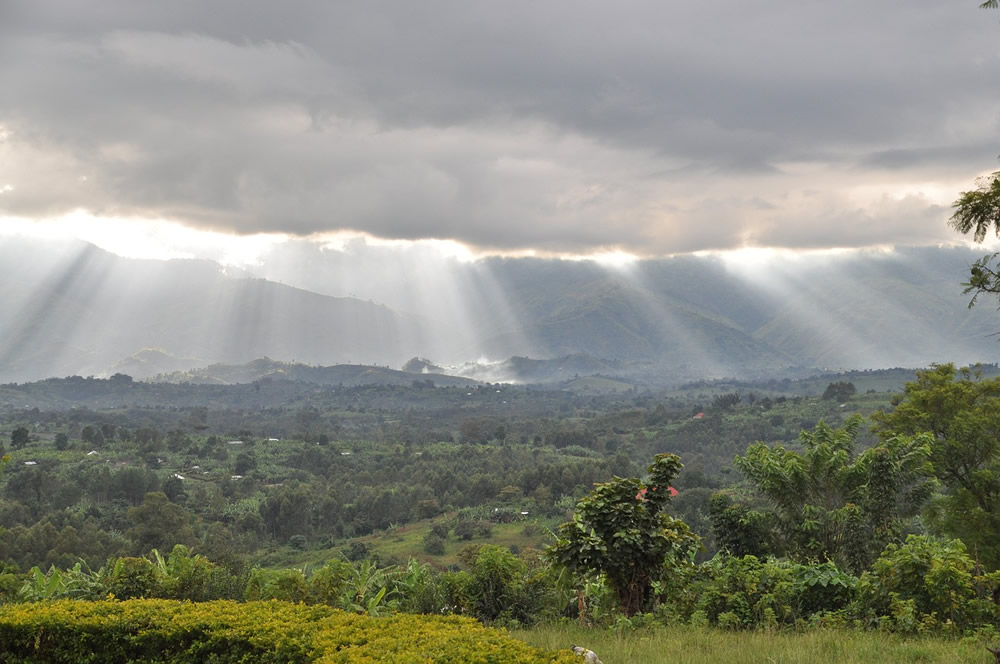
Climate: Uganda is recently involved in efforts with the rest of the world, to curb environmental challenges. The National Environment Management Authority (NEMA) is the body responsible for coordinating, managing, monitoring, regulating, and supervising all activities associated with the environment. NEMA was established in 1995 with a mission ‘To promote and ensure sound environmental management practices for sustainable development’ and a goal to ‘To promote sound environment management and prudent use of the environment and natural resources in Uganda.’
Loved reading this blog? Don’t hesitate to get in touch via our email at (richarasafaries@gmail.com) we are delighted to serve you!

Important sources


